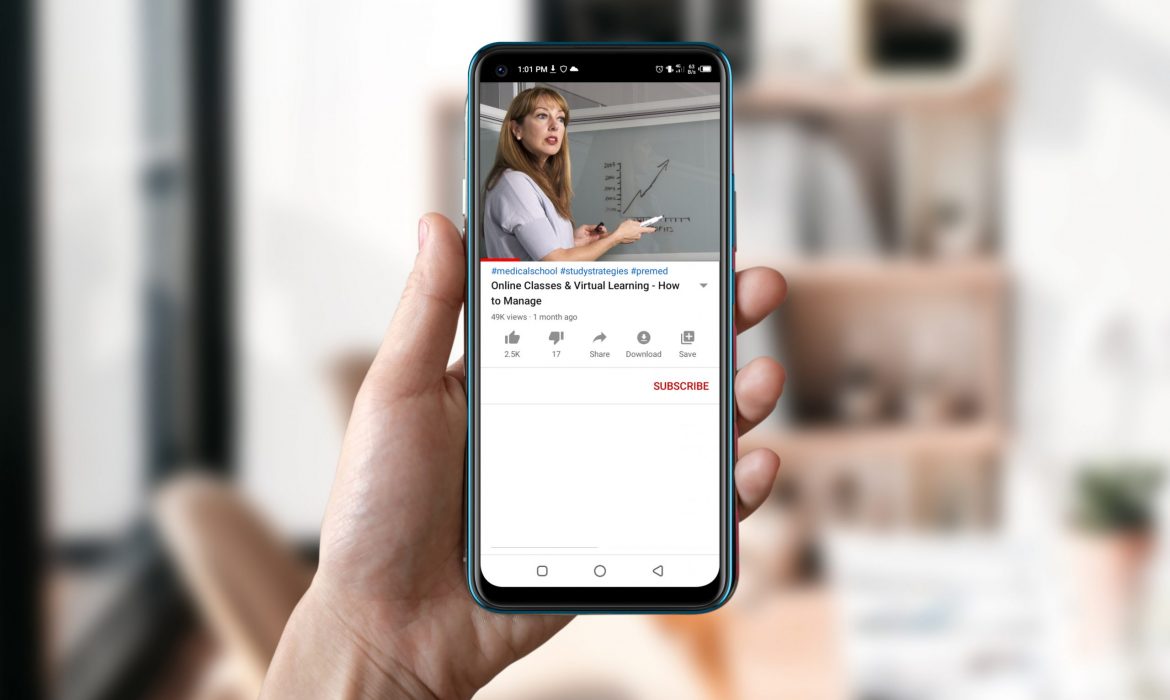In a move that probably won’t come as a surprise to many, YouTube has announced that it is removing its Stories feature from the platform. Inspired by Instagram Stories, YouTube Stories failed to gain significant popularity and will disappear from the platform after June 26. While existing Stories will remain available for another seven days, the decision underscores YouTube’s shift in focus toward other content formats such as Shorts, and also points to a broader trend of companies experimenting with similar features.
The rise and fall of YouTube Stories:
YouTube introduced its own version of Stories in 2017, initially restricting access to authors with more than 10,000 subscribers. The feature allowed these authors to share updates and promote their channels with short-lived, ephemeral content. However, YouTube Stories never really gained a foothold on the platform due to limited access and low popularity among both creators and viewers. The YouTube community continued to rely on long and short videos to interact with its audience.
Expanding community posts and new features:
Recognizing the need to provide creators with alternative ways to interact with their audiences, YouTube recently expanded access to community posts. This feature allows creators to share text updates, polls, quizzes and images directly on their channels, promoting engagement and interactivity. YouTube has also implemented the ability to delete posts after a certain period of time, giving creators more control over their content. Although Stories may be a thing of the past, YouTube continues to improve the features of its platform and explore new ways to create content and engage audiences.
Emphasis on shorts and competition with TikTok:
YouTube’s decision to remove Stories coincides with its strategic focus on Shorts, a short video feature aimed at competing with the popular TikTok platform. By encouraging more creators to create shorts content, YouTube aims to appeal to a wider audience and stay relevant in the rapidly changing social media landscape. To incentivize shorts creators, YouTube began sharing ad revenue with them earlier this year, underscoring its commitment to developing this new content format.
Similar features on other platforms:
YouTube is not alone in its experimentation with Stories-like features. Various companies have ventured into this field before, but then made similar decisions to discontinue them. Netflix once introduced “Extras” in its mobile app, sharing videos and photos from popular shows, and then switched to vertical short videos. LinkedIn dropped its Stories feature in 2021, and Twitter dropped its Fleets feature just eight months after launching. Spotify also recently introduced a Stories feature for artist profiles, reflecting the industry’s broader exploration of ephemeral content formats.
Conclusion:
In saying goodbye to its Stories feature, YouTube acknowledges that it had limited influence and popularity among creators and users. YouTube’s decision to remove Stories is consistent with its focus on cultivating shorts and competing with platforms like TikTok. By expanding access to community posts and introducing new features, YouTube aims to give creators a variety of ways to interact with their audiences. The fate of Stories on other platforms serves as a reminder that not all experimental features find lasting success. As the digital landscape evolves, companies will continue to explore innovative content formats, adapting to the ever-changing preferences of creators and users alike.


